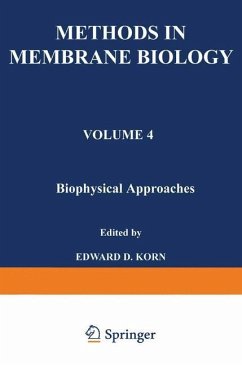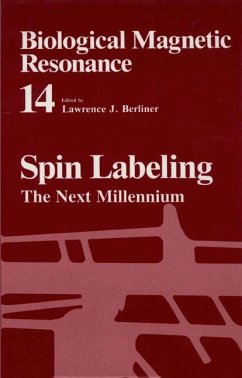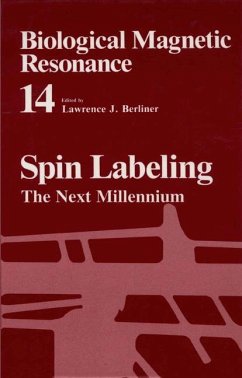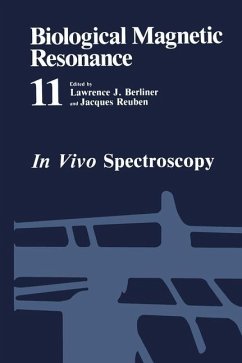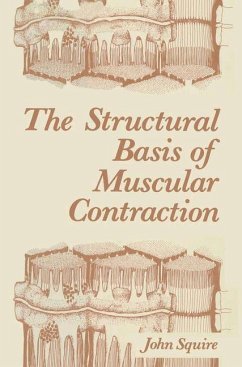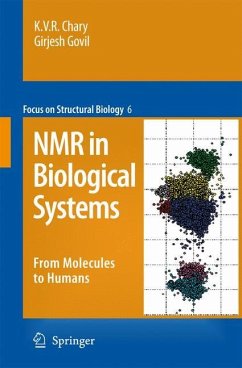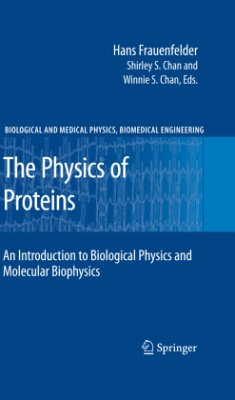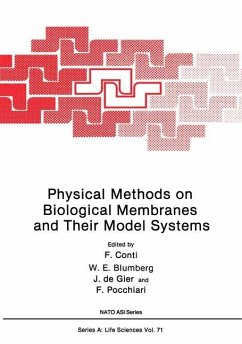
Physical Methods on Biological Membranes and Their Model Systems

PAYBACK Punkte
20 °P sammeln!
This book examines in depth the theory, instrumental innova tions, potential applications and limitations of the different techniques -- NMR, EPR, DSC, spectrofluorimetry, and electron microscopy -- that are being used to investigate the function and structure of biological membranes and their model systems. Pro viding an overview of the present status of research, this book gives evidence of the complementary nature of information generated by different techniques, reminding one of the necessity to create a common language and viewpoint of membranes. F. Conti W. E. Blumberg J. De Gier F. Pocc...
This book examines in depth the theory, instrumental innova tions, potential applications and limitations of the different techniques -- NMR, EPR, DSC, spectrofluorimetry, and electron microscopy -- that are being used to investigate the function and structure of biological membranes and their model systems. Pro viding an overview of the present status of research, this book gives evidence of the complementary nature of information generated by different techniques, reminding one of the necessity to create a common language and viewpoint of membranes. F. Conti W. E. Blumberg J. De Gier F. Pocchiari v CONTENTS Physical methods on biological membranes and their model system: A perspective . . . 1 F. Conti, J. de Gier and W. E. Blumberg High resolution NMR spectroQcopy in liquids and solids 5 T. Axenrod Basic principles of deuterium and phosphorus-31-magnetic resonance 27 J. Seelig Use of electron spin resonance to study complex biological membranes . . . . . 39 H. M. Swartz Freeze-etching electron microscopy: recent developments and application to the study of biological membranes and their components. . . . 55 T. Gu1ik-Krzywicki The nature of intramembraneous particles . 73 A. J. Verk1eij Lateral and polymorphic phase transitions in relation to the barrier function of a lipid membrane. . 81 J. de Gier, C. J. A. van Echte1d, J. A.





